Six Whole Grains To Add To Your Repertoire
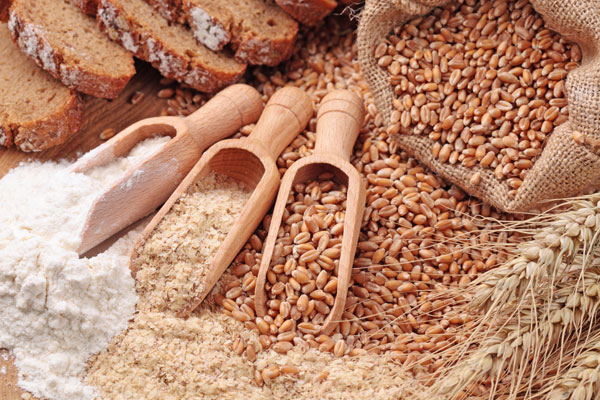 Whole grains photo via Shutterstock.
Whole grains photo via Shutterstock.
New types of whole grains are constantly popping up on the shelves, and while some may sound new to you, many have been cultivated for more than 5,000 years. Since whole grains contain essential vitamins and nutrients, are high in fiber, and have been shown to promote heart health, don’t be afraid to give a new variety a try. With this guide, you can pick the right one to add to your next dish.
 Amaranth photo via Shutterstock.
Amaranth photo via Shutterstock.
Amaranth
This grain is growing in popularity, especially among those who follow a gluten-free diet. Amaranth is higher in protein than most grains (one cup cooked has about nine grams) and is also a higher quality protein source than most other grains as it contains the essential amino acid lysine. Amino acids are the building blocks of protein and are necessary for many functions in the body, from growth to digestion. Try these amaranth-ginger muffins for your next weekend brunch.
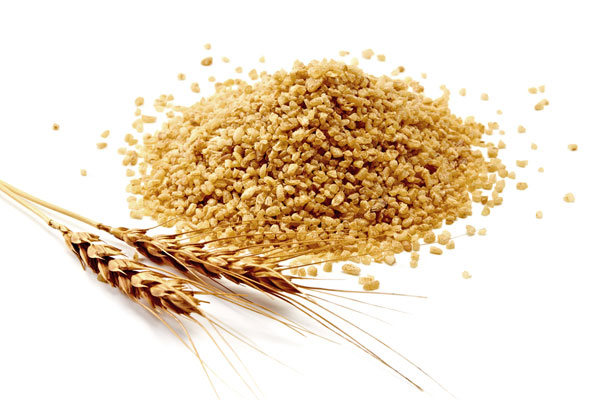 Bulgur photo via Shutterstock.
Bulgur photo via Shutterstock.
Bulgur
Bulgur is wheat that has been partially cooked and broken into pieces. This process makes bulgur quick to cook and an ideal high-fiber staple to add to your pantry. You can use it as a substitute for rice or as a hearty addition to soups and salads. Bulgur does contain gluten and therefore should not be eaten by people with a gluten intolerance. Try this twist on a traditional beef burger with added bulgur.
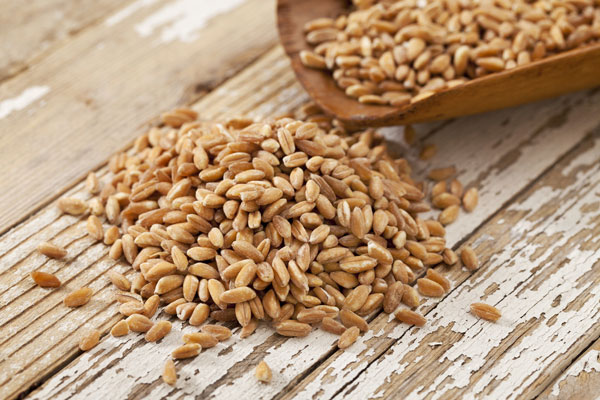 Farro photo via Shutterstock.
Farro photo via Shutterstock.
Farro
Farro, also known as emmer, is an ancient wild grass related to wheat, barley, and rye. It has a nutty flavor and is a great substitute for rice in dishes, plus it’s high in fiber (five grams per fourth cup uncooked) making it a heart-healthy (and filling) addition to your diet. Keep in mind, though, that farro also contains gluten. Try one of these tasty recipes using the ancient grain.
 Quinoa photo via Shutterstock.
Quinoa photo via Shutterstock.
Quinoa
Quinoa is termed a “pseudo-cereal” by the Whole Grains Council because it’s not technically a cereal grain. It’s related to beets and spinach and is naturally gluten-free. Quinoa is also a higher quality source of protein than most grains because it, too, contains lysine. Check out these 15 quinoa recipes for ideas.
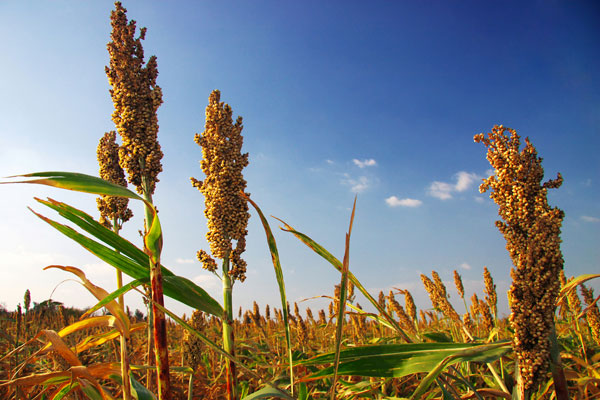 Sorghum photo via Shutterstock.
Sorghum photo via Shutterstock.
Sorghum
Sorghum is another grain growing in popularity because it’s gluten-free, making it an ideal choice for those with a gluten intolerance or following a gluten-free diet. This grain has a sweet flavor and is often added to baked goods in place of traditional wheat flour. It’s also a popular snack in a popped form similar to popcorn.
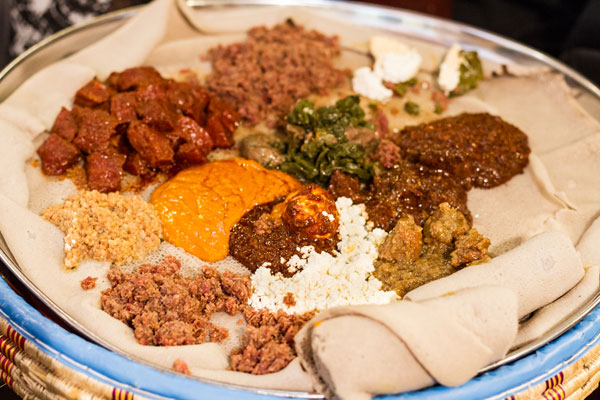 Ethiopian food on teff-based injera. Photo via Shutterstock.
Ethiopian food on teff-based injera. Photo via Shutterstock.
Teff
This grain is native to Ethiopia and cooks very quickly because of its small size. It’s high in calcium when compared to other grains (one cup cooked has 123 mg), and also has a higher amount of protein than most grains (nine grams per one cup cooked). You might know teff from the traditional Ethiopian flat bread injera, but its sweet flavor complements breads, pancakes, and cereals, too.


